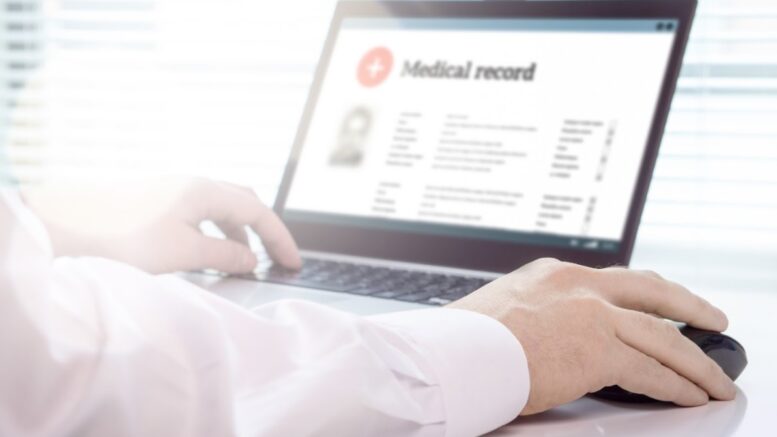Healthcare professionals deal with patients regularly. The influx of patients varies depending on the day, days of the week, and emerging illnesses. Sometimes, medical service demand and occupancy rates go out of hand. Therefore, doctors, dentists, nurses, physiotherapists, and other healthcare workers need to use different tools to manage patient flow, which this article will discuss below.
Medical Practice Document Software
Healthcare professionals can use medical practice document software to manage patient flow efficiently. This software program handles and stores patient records and documents, such as digital charts, insurance information, and diagnostic results.
This technology allows customizable Subjective, Objective, Assessment, and Plan or SOAP note templates. SOAP notes are commonly used in inputting notes into medical records. Hence, document software helps reduce charting confusion and gaps and insurance provider non-payments.
A reliable software program can handle Electronic Health Record (EHR) data formulated to each healthcare provider’s specifications. Online forms are filled with patient data automatically, such as the medical history. It helps save time and effort for clinic receptionists, secretaries, and healthcare providers.
Online Patient Forms
A patient management software can automatically request patients to complete online patient forms or electronic intake forms. Patients can complete custom digital paperwork and submit it using a computer or mobile device, like a smartphone. The patient’s data synchronizes to the patient chart directly.
The advantages of using online patient forms include the following:
- Reduce Patient Wait Time: Before the patient’s first appointment, accomplishing the new patient intake is now possible with an electronic intake form.
- Reduce Office Delays: A HIPAA compliant intake system collects relevant medical information, insurance details, and applicable identification cards. So, receptionists and healthcare professionals save time and effort.
- Eradicate Manual Entry: With online patient forms, relevant patient data is automatically imported to the EHR system. So, this technology eliminates the time-consuming manual data entry, allowing healthcare staff to focus on the other important aspects of patient flow management.
Appointment Software
You’re probably too busy fixing your schedule because of high service demand. You can lessen the stress from scheduling and appointment management by using a reliable appointment software program or an appointment reminder text app. By doing so, you can improve your clinic schedule visibility and availability, maximizing your appointment calendar.
The benefits of using a patient appointment software program include the following:
- Evaluate Availability In Different Perspectives: View clinic schedule depending on upcoming patients, practice treatment rooms, and specific providers using reliable appointment software.
- Set Automatic Reminders: Examples of automatic reminders include email and text messages. For instance, patients and office staff can send and receive messages using the two-way text messaging feature.
- Set Patient Appointment Easily: Healthcare staff don’t need to reschedule patients manually because patients can do it using an appointment app.

Telehealth Apps
Telemedicine or telehealth became more in demand during the peak cases of coronavirus or COVID-19 pandemic. Many medical institutions and healthcare professionals are now offering telehealth services to handle the patient flow.
Telehealth apps can help manage patient flow in your practice because of the following features and benefits:
- Accessibility To Medical Information: Allow and add patients to register online in just a few clicks. Healthcare providers can manage health records during telehealth sessions, clinic consultations, and text consultations with this capability.
- Comprehensive Health History: Reliable telemedicine apps provide complete patient health profiles and medical history.
- Health Device Integration: Patients can synchronize and share health data with their telemedicine doctors using home healthcare devices, like trackers and apps.
- Confidential And Secure: It’s important to choose a telehealth software that keeps patient records securely, giving access to your practice alone. You’re confident that data confidentiality is maintained with full ownership of patient information.
Advanced Diagnostic Tools
Diagnostic tools are getting more advanced. Digital laboratory and scan studies using sensors, lasers, magnetic waves, digital x-rays, and other diagnostic radiology technologies can make patient flow faster. In addition, artificial intelligence, automation, and machine learning in the healthcare industry are emerging.
With these innovative technologies, medical providers can cater services to a broader scope of patients, both in healthcare facilities and even in their homes. Patients also encounter less hassle, pain, and stress during the diagnostic procedures, improving their overall experience in your practice.
Conclusion
Technology offers many tools for efficient patient flow. Healthcare professionals can use medical practice document software, electronic intake forms, appointment software, and other technologies to manage patients effectively.
Indeed, advanced digital technology makes patient management easier nowadays. Telehealth apps also save your time and effort and your patients’ time, money, and energy. Sophisticated diagnostic tools help hasten the assessment process, allowing healthcare providers to accommodate more patients.
